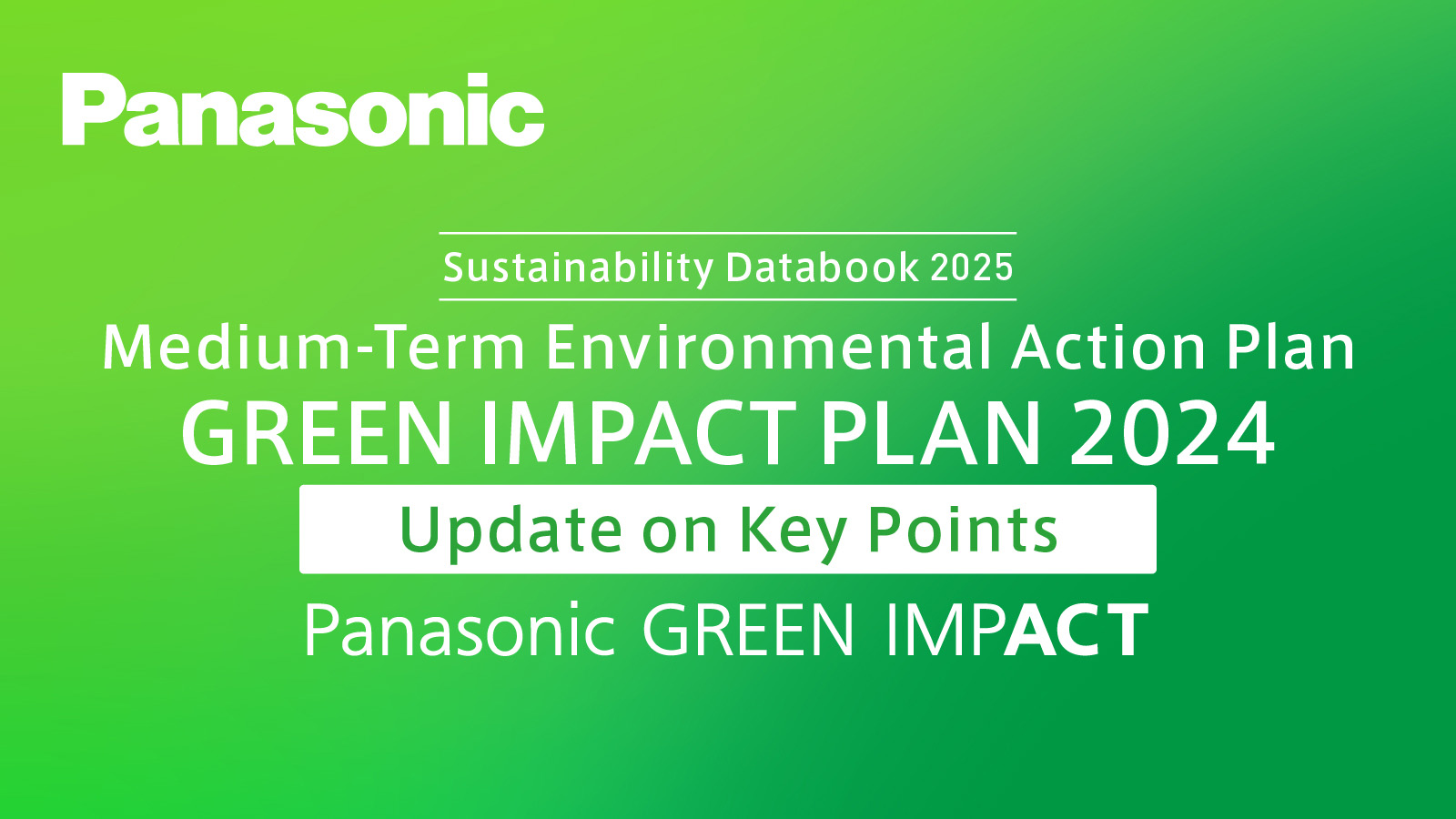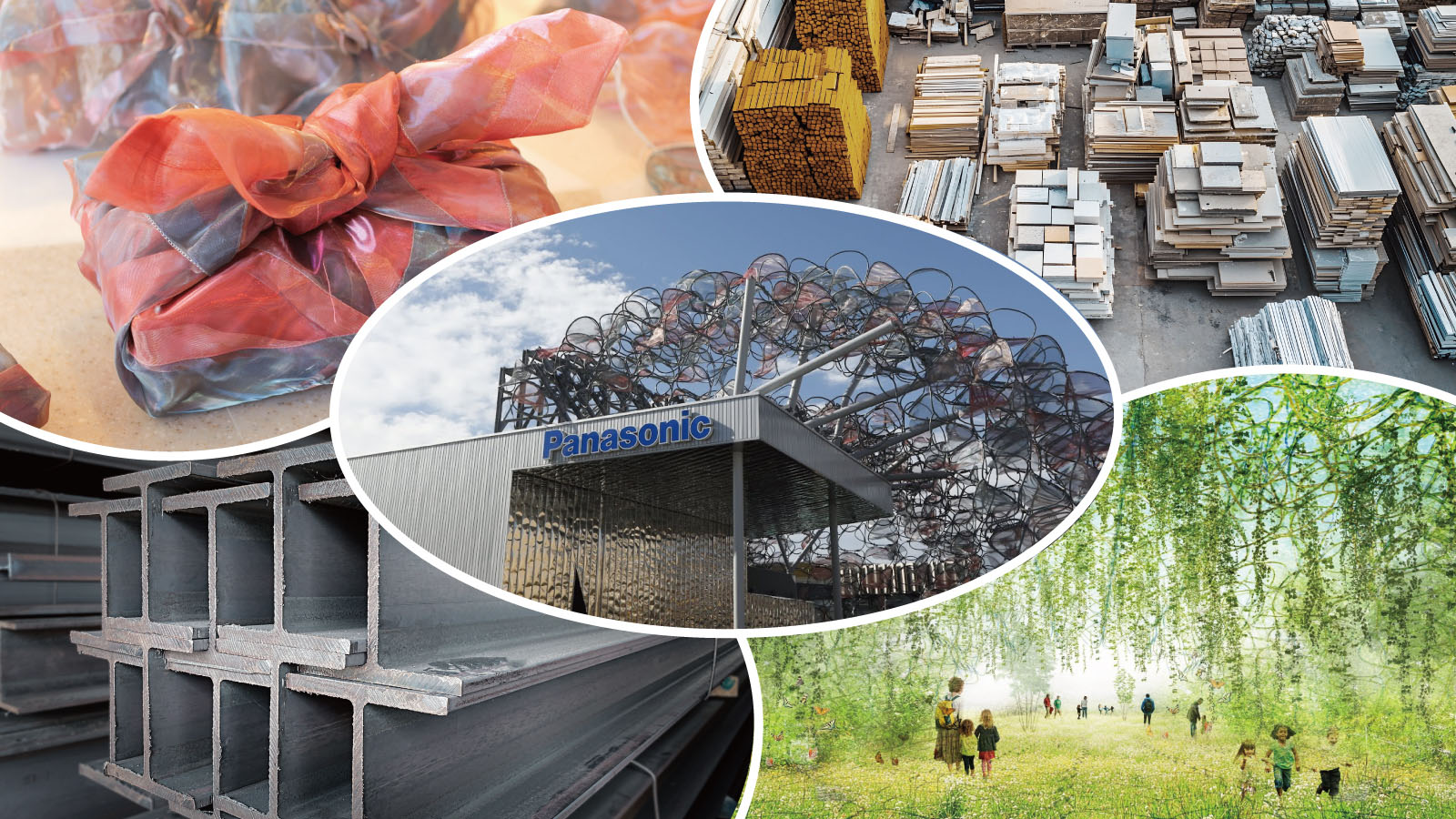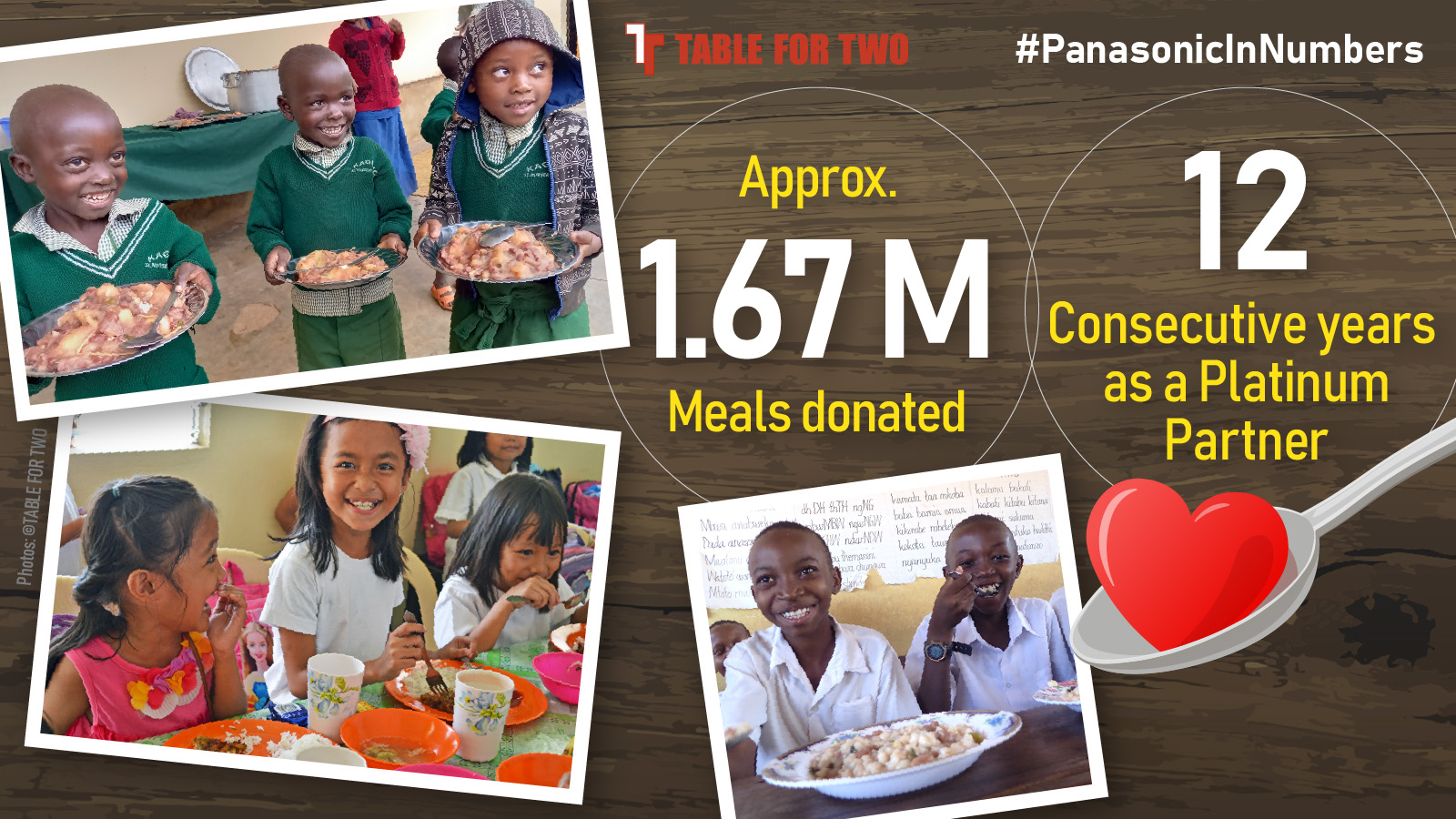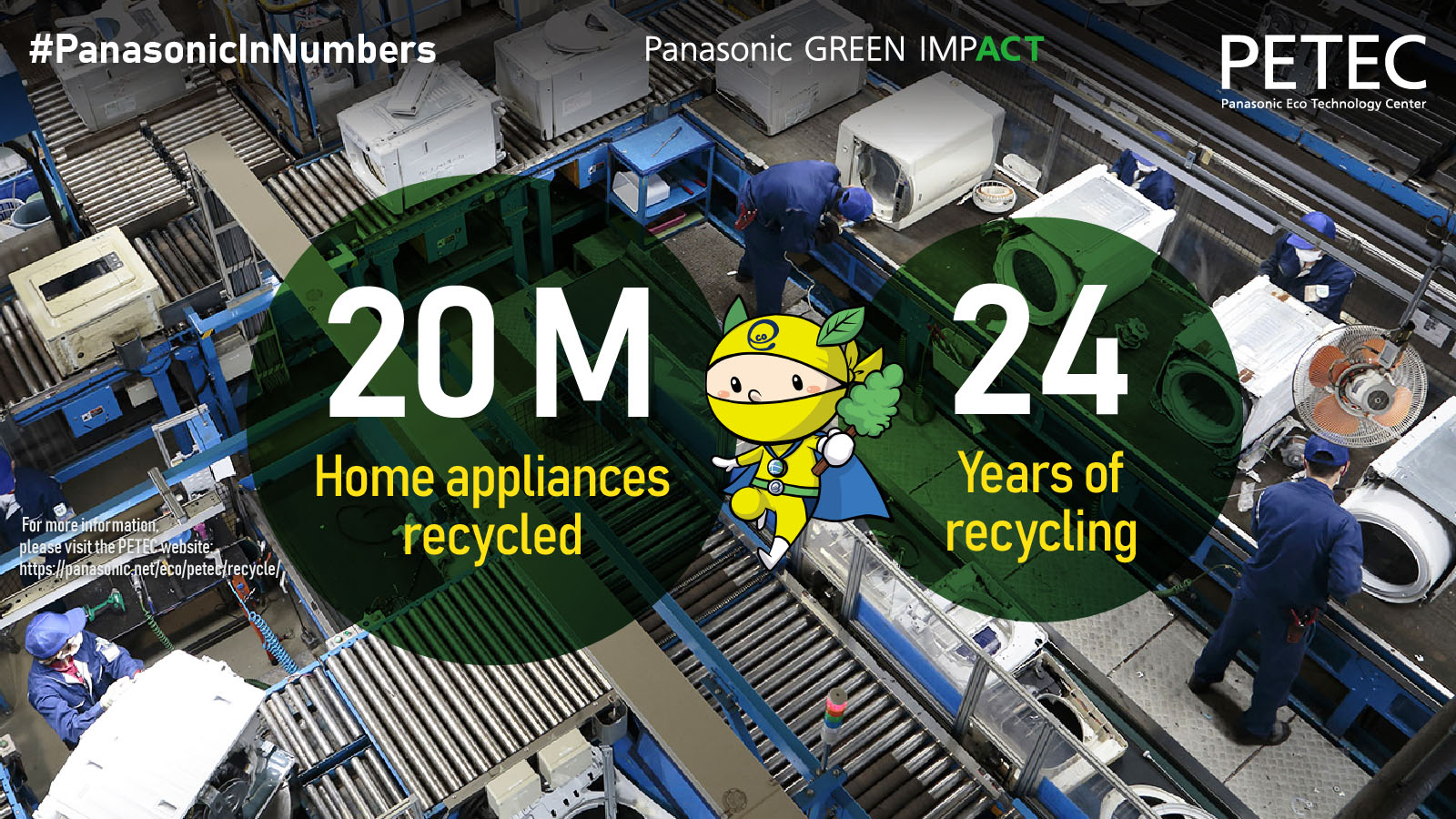“Construction has finally begun on a pavilion that will allow people around the world to experience how they are connected to the world, and how the cycle of life and the global environment continues uninterrupted,” said Ogawa.
“At NOMO NO KUNI, we invite people, but especially children of the alpha generation, to experience how objects, the human spirit, sustainability, and well-being are all connected. By making them aware of where they fit in an interconnected world, they will be freed from unconscious assumptions and restrictions, and able to experience the power that comes from recognizing that they, too, have the capacity, the confidence, and the will to try.”






















